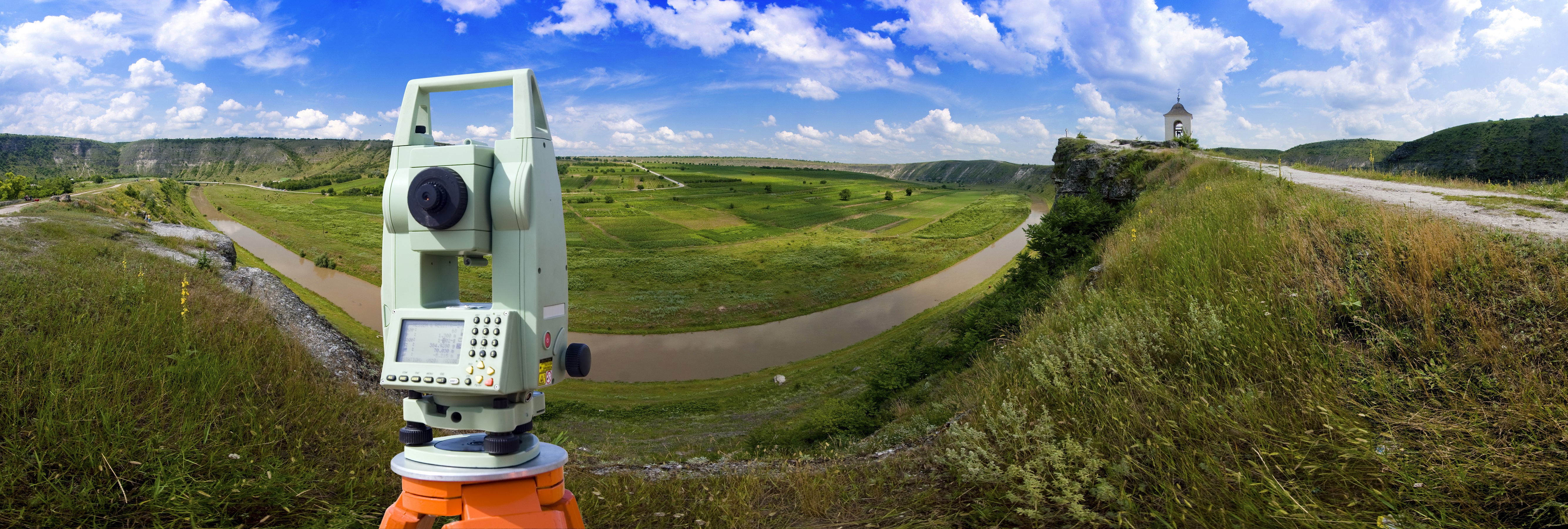You may assume that should you require a survey you can just ask for it. But in the event that you just require a 'utility survey', for example, you may also, unknowingly, require utility mapping. Understanding these terms will assist you to receive the correct kind of survey. The most frequent surveys required are Utility Detection and Utility Mapping, Statutory Plan Collation, Measured Building Survey, Topographical Survey, Archaeological Survey and Geophysical Survey.
Utility Detection and Utility Mapping. Utilizing the latest detection technology your provider should have the abilities and equipment to locate virtually any buried utility, including pipes, cables and drainage systems, without digging any holes. Ask whether your provider will be carrying out the utility detection survey using invasive or non-invasive methods. In utility detection surveyors will usually paint the location of their findings on the floor surface in paint that may biodegrade. If you need a permanent copy of the utility detection survey you need to require utility mapping: a colour coded detailed drawing of the detected utilities. Utility mapping pays to during ongoing construction for future reference.
Statutory Plan Collation. A statutory plan surveyor will create a survey report using existing documentation rather than original research. This might, however, not be up-to-date, so this is ideally carried out along with Utility Detection (and, if you want it, Utility Mapping).
Measured Building Survey. These are intended to produce plans of a building or a building under construction. Measured building surveyors can create floor plans, elevations and 3D types of a structure, so understand how you want the findings presented.
Topographical Survey. If you require knowledge of the contour of a piece of land you need a topographical survey. Your surveyor should be able to have these incorporated right into a full topographical survey colour-coded drawing if you require.
Archaeological Survey. If you need to locate archaeological sites on a landscape, or archaeological findings on a site, you will require an archaeological survey.
Topographic Surveyors Rugby . A geophysical survey can identify and locate a huge range of buried features, including air voids and cavities, mineshafts, fuel tanks, air raid shelters, UXOs and badger sets. Additionally, it may show the formation of land, rocks and waterfronts.

Whenever choosing a surveyor look for a company having an expansive (and relevant) portfolio of experience. Ensure your surveyor is Chartered; ask if they are an associate of the Royal Institute of Chartered Surveyors, because they could have qualified to the high standards required. Ask about the surveying company's speed of response, and ensure that the time frame which they give you will suit your needs.
